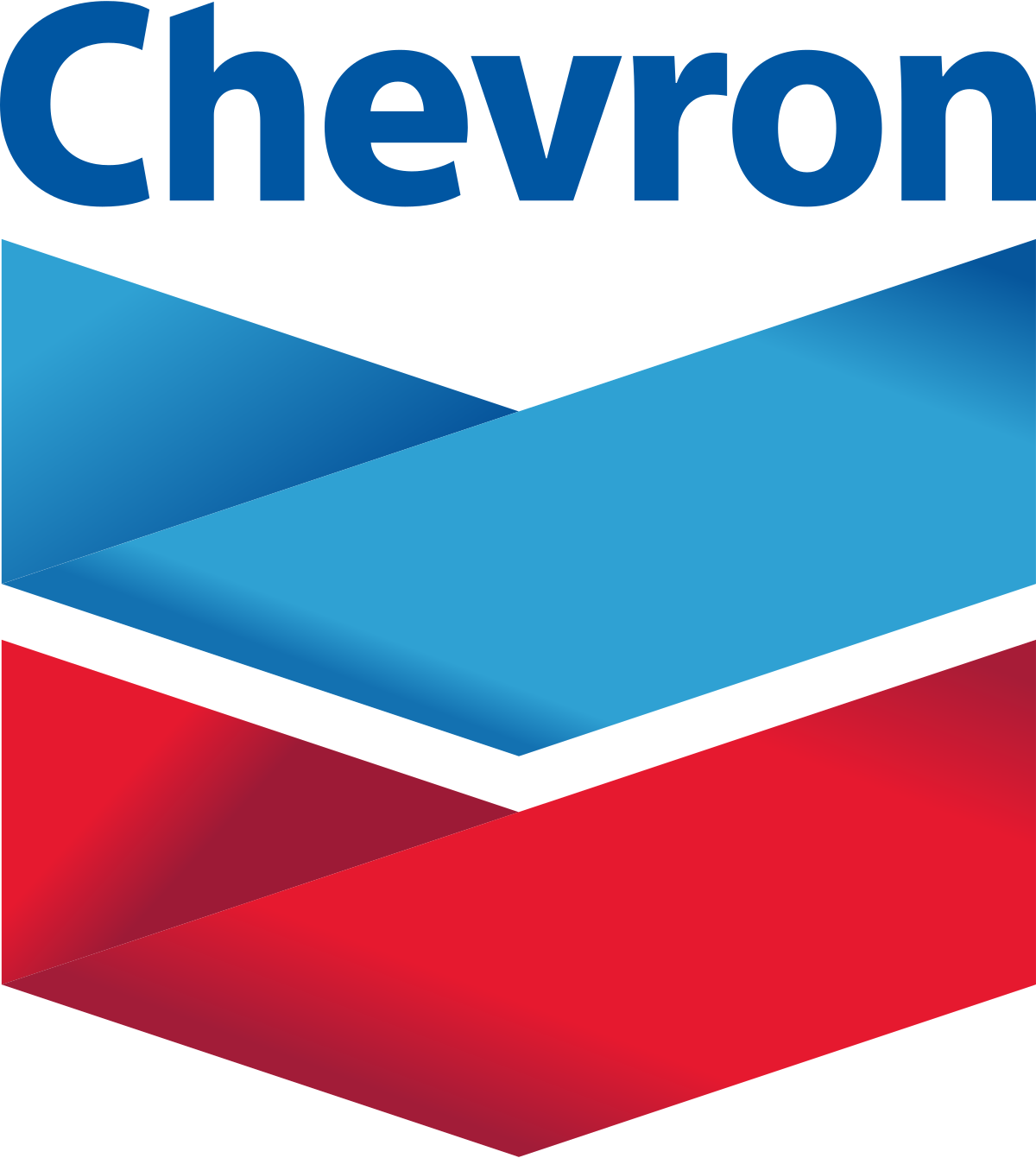
Chevron Corporation’s Financial Performance Amid Market Challenges
Chevron Corporation (CVX:NYSE), along with industry giants Exxon Mobil Corp and Phillips 66, faced a challenging start to their trading day on Friday, as news of their first-quarter profit declines hit the market. This downturn in profitability was primarily due to shrinking refining margins, a consequence of the market’s adjustment post-Russia’s invasion of Ukraine in 2022, and a noticeable fall in natural gas prices. Despite these hurdles, Chevron managed to find a silver lining through an uptick in production volumes, which offered some relief against the backdrop of financial pressures.
Diving deeper into Chevron’s financial performance reveals a more detailed picture of the challenges and opportunities it faced in the recent quarter. The company witnessed a 9.13% dip in revenue growth, a stark indicator of the headwinds it faced amidst fluctuating market conditions. This was further compounded by a drastic 69.99% fall in gross profit growth, highlighting the impact of narrowing refining margins on its bottom line. Net income growth and operating income growth also saw significant declines, dropping by 65.38% and 59.22% respectively, painting a picture of a company grappling with a tough economic environment.
However, not all was bleak for Chevron during this period. The company managed to report a notable increase in its free cash flow growth by 61.46%, a critical metric that indicates the company’s ability to generate cash after accounting for capital expenditures. This is a positive sign for investors, as it suggests that Chevron has the liquidity to sustain operations, invest in growth opportunities, or return value to shareholders through dividends or share buybacks. Additionally, operating cash flow growth rose by 28.54%, further evidencing the company’s operational resilience amidst challenging market dynamics.
On the flip side, Chevron’s balance sheet did show some areas of concern. The book value per share growth decreased by 2.11%, indicating a potential dilution in shareholder value or a decrease in the company’s net asset value. Moreover, debt growth increased by 26.81%, a move that could raise eyebrows among investors wary of the risks associated with high leverage. This increase in debt, while potentially a tool for navigating short-term liquidity needs or financing strategic investments, will require careful management to ensure long-term financial stability.
In summary, Chevron’s recent financial performance encapsulates the complex landscape that major oil companies are navigating. The decline in refining margins and natural gas prices has undeniably put pressure on their profitability. Yet, Chevron’s ability to boost its production volumes, alongside significant improvements in free and operating cash flow growth, provides a glimpse into the company’s strategic responses to these challenges. As the market continues to evolve, Chevron’s financial health will be closely watched by investors seeking to gauge the company’s adaptability and long-term prospects in a volatile energy sector.

